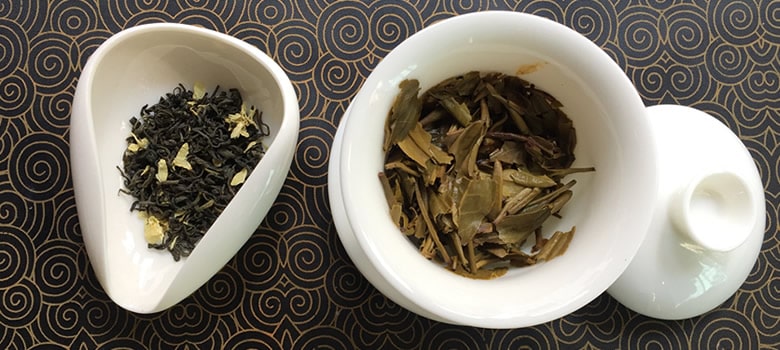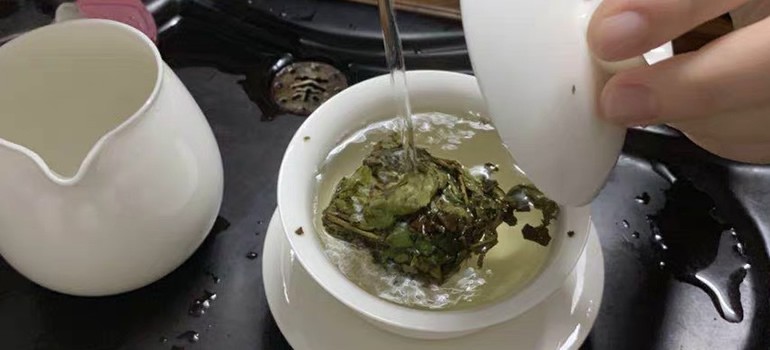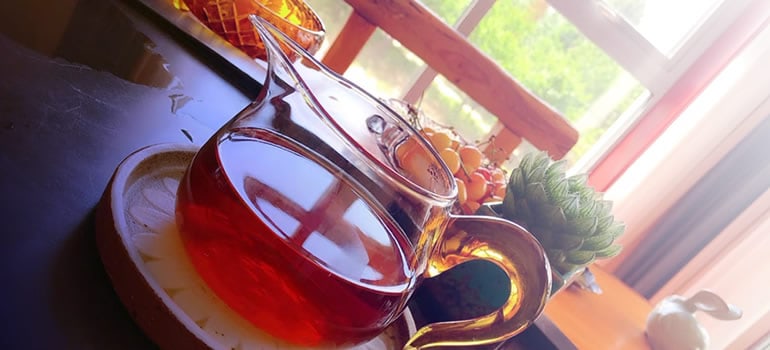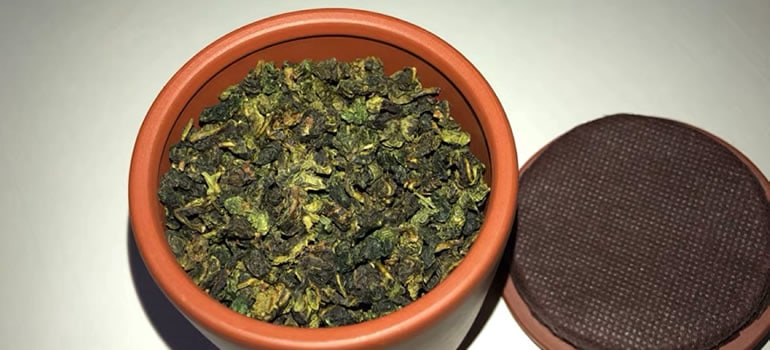
With the growing varieties of green teas all over the world, more and more tea lovers are getting curious about each’s difference. Yes! Not all teas are the same. With this post, we will be learning about what plant does the green tea comes from? What are the things that we can actually benefit from the plant where green tea originated? We’ve made in-depth research to answer this question! So check out what are the basic facts about green tea on this post!
Basically, green tea is a type of famous tea that is widely consumed all over the world! We can trace its origin from:
- The plant that farmers harvest to make green tea is called Camellia Sinensis. This plant is a member of the evergreen family which is also a small tree.
- Tea manufacturers use the fresh or young leaves and soft stems of the Camellia Sinensis plant to create green tea. They then let it undergo fermentation and the aging process to improve the tea’s flavor.
The Camellia Sinensis is also the source of other tea varieties such as black tea and white tea and many others. Since the plant is a mother to all teas, the difference of the tea types could be traced with the process that it has undergone and even the location where it was harvested!
For sure that is a lot of information to take in! As we go further with this topic, we will be discussing more of this information to give you a clearer and deeper knowledge about the plant origin of the green tea! Keep reading, you’ll surely enjoy it!
Origin of Green Tea
People new to tea are quite surprised that green tea actually originates from the Camellia Sinensis tea plant. This type of plant is the mother of most famous teas such as black tea, and white tea. The original green tea is first produced in the mountainous regions of China, where there is an abundant harvest of the Camellia sinensis plant. But as the days go by, as more and more people are trying to produce teas, the plant has been grown and developed in different regions of the world. The worldwide spread of tea also paved the way towards the development and production of different varieties of green tea.
- Camellia Sinensis Sinensis
The Camellia Sinensis Sinensis is the mother plant of all. This is the smaller-leafed variety which is typically found in China. It has a high tolerance for cold weather and thrives in mountainous or high regions. In a year’s harvest, the maximum plucking that each tea producers could do to a single shrub will be at most five times. The best flavors of the plant could be harvested during the winter season. This is the perfect time to pick the leaves of the Camellia Sinensis plant for the highest concentration of desirable flavors and also provide the best health benefits in tea.
Types of Camellia Sinensis Green Tea
- Longjing Green Tea, or also known as the Dragon Well. This Chinese green tea has been the most authentic type of green tea which is derived in the Sichuan Province of China. During the ancient times, they have used this variety of green tea during very special events and occasions in China. The flavors of this tea are rich and earthy which is why it has been exported to different parts of the world.
- Matcha Green Tea. This type of green tea is still derived from the Camellia Sinensis plant. The main region of origin of this tea is from Japan. This is a pulverized form of the tea leaves and young stem which is whisked in hot water. Matcha green tea has a rich vegetal flavor because of the maximum chlorophyll content of each leaf that is used in producing the tea.
- Shincha Green Tea. This type of green tea is also known as the first harvest tea. This is one of the most expensive and has the best quality. It is usually harvested during the winter season, wherein the best tea leaves are growing from the Camellia Sinensis plant. Even though it has a relatively bitter taste, people still love it because it has a lot of amino acids and lacks caffeine and catechin.
How Green Tea is Processed
- The usual process of green tea production starts from the harvest of the leaves of the Camellia Sinensis plant. The harvest plays one of the key factors in producing a quality tea product. If a teal leaf has been harvested on the perfect time or season, expect the best flavors and maximum health benefits from the tea. Tea manufacturers or harvesters usually do this on winter seasons wherein the best flavors are locked on the leaves of the tea plant.
- After the harvest, it undergoes the withering or drying process. This process removes the moisture and other hydration content of the leaves. The drying process is highly essential in locking the nutrients and flavors of the leaves. Some tea makers use the natural sun-drying method while others use pan-firing or baking.
- When the hydration or drying process is done, the tea leaves now undergo rolling and fermentation. This part of the tea production process is the main reason why green tea has a distinctive aroma and flavors.
- After the first three steps, tea makers now moves on to the next step which is the sorting and cutting. Tea leaves are sorted out by size for them to be properly cut for the tea packaging. During the cutting method, the tea is now ready which is composed of cut full leaves, smaller leaf pieces, and tea dust. The variation of the tea components or combination gives each tea batch more character with the flavor.
- Packaging and Aging are basically the last steps in the tea making process. Some green teas are packed on tea bags which are the ones commonly available on markets. But some green tea varieties are sold in cakes or bricks. Aging is actually an optional part of the process. Aging a green tea is beneficial if you have a stale, or bitter flavors on your tea. Keeping it longer on a sealed jar will help with aging, which then could result in better flavors.
Health Benefits of the Green Tea
- Green tea is rich in polyphenols which is a good source of natural antioxidants. Natural oxidants in the body fight off toxins that could also fight the presence of cancer cells. Polyphenols also guard the good and young skin cells that prevent aging.
- Green tea can make you smarter. Since caffeine is highly present in green tea leaves, you are more likely to become focused and attentive. Aside from caffeine, green tea also contains amino acids and L-theanine which are able to cross the blood to the brain barrier.
- Green tea can help you lose weight. It has a fat-burning capability and also helps the body to increase the metabolic rate.
- Green tea has infection-fighting capabilities. Since catechins are present in green tea, the body is more likely to become more resistant to bacteria that may lower the risk of infections.
- Green tea is very beneficial to oral health. The presence of catechins fights of streptococcus mutants which is a primary bacteria in the mouth. This then causes cavities and tooth decay. This type of bacteria also contributes to bad breath. So once you drink green tea, you are fighting bad breath and cavities.
- Green tea may lower your risk of type 2 diabetes. Studies found out that green tea can improve your body’s sensitivity to insulin, and could also lower down blood sugar levels.
Wrapping up
One great thing about tea is that you can always feel a unique kind of experience for every cup of green tea that you consume. With the availability of different green tea variations in the market, you will surely enjoy a relaxing aura. Apart from giving you a good sense of relaxation moments, you are also yielding a lot of health benefits! Before we go, we should always remember that green tea is a good drink, but of course, drink it in moderation. Anything that goes extra way too far, leads to a lot of fallbacks!




